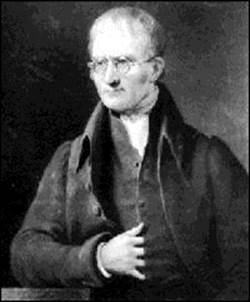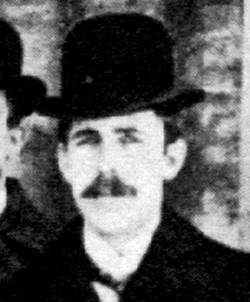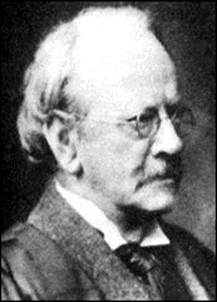
HISTORICAL PERSPECTIVES AND GROWTH THROUGHOUT HISTORY
Scientific studies are typically ongoing processes. The premise of the original study may be rejected by some scientists and supported by others. It is important to realize that currently accepted scientific models evolve as scientists continue to study all of the previous research. In some cases, entire theories are changed based on newly emerging evidence. As strange as this may seem today, there was a time in ancient history when it was thought that the world was flat. This early theory has obviously been discarded due to evidence which proved that the earth is round, but scientific research can often be limited by the tools, information, and experiences available to the scientist. Scientific research and technology often aid each other. Early theories of the planets placed the earth at the center of the solar system. It was generally accepted that humans were the most important beings, so everything in the universe must revolve around us. Today, we know that the sun is the center of our solar system and the planets orbit the sun. Advances in technology, such as the telescope, have helped to prove the current model which we now know to be true.
The atomic theory is another theory well known that has undergone change over time. In most cases, entire theories or models are not completely discarded. The theory or model is revised as new research adds to clarity and details which were not completely understood earlier. A scientist by the name of Dalton theorized in 1803 that an atom was simply a solid sphere and, this theory was accepted for nearly 100 years. In 1897, however, J.J. Thomson stated that an atom was a ball of positive electricity with negative particles embedded in it. This research was built upon by Bohr and Rutherford in the early 1900’s and, they concluded that an atom was made of a positively charged center orbited by electrons and these electrons orbited the nucleus much like the planets orbit the sun. The electron cloud model was proposed in 1926 and again changed the thinking on how electrons orbit the nucleus.
Figure 1 John Dalton (1766-1844) |
Figure 2 Ernest Rutherford (1871-1937) |
Figure 3 J.J.Thompson (1856-1940) |
|
|
|
|
Today, continuing research is causing us to redefine our thinking on the structure of an atom. Each of the earlier studies provided excellent information about the atom and new studies simply improve on the earlier models. The previous theories are not discarded, but are revised. Scientific research has now proven that atoms are composed of parts that are smaller than protons, neutrons, and electrons. These new subatomic particles are continually being studied as technology and science develop better tools with which to conduct better research. As science advances, the knowledge as to how to create better technology emerges and we continue to see how science and technology complement each other.
Although many of the fundamental scientific theories may have roots dating back hundred or even thousands of years ago, they continue to impact our lives. Newton’s laws have been a fundamental part of our scientific knowledge for years, and are used in the building of many modern devices. Newton’s laws influence such things as simple as the shoes you are wearing to the highly technical space shuttle that carry astronauts into space. The effects of scientific discoveries have had profound influences on society throughout time with those effects being positive as well as negative. Nuclear science has provided many great advances, such as nuclear power which is very abundant, clean, and cost effective. The use of nuclear bombs, however, threatens to end life on the planet as it is now known.


